Safety First: The Heat and Shock Resistance of Plastic Coating
Plastic coatings play many roles in protecting the items they cover, and reducing the risk of harm when coated parts come into contact with other components or even people. While a coating will obviously form a physical barrier between two objects, the type of protection that barrier provides is often a critical reason a particular coating has been applied. Protection from heat and electrical currents are two of the most common hazards for which plastic coatings can be a safeguard.
Heat-Resistant Plastic Coatings
Because they must be able to withstand either preheating, heat curing, or both, plastic coatings are most commonly used on metal parts. That ability to easily tolerate the temperature of the coating process is also what makes a heat-resistant coating so important — helping prevent damage or injury. Of course, not all plastic coatings can perform equally well in high-temperature environments.
Less Heat-Resistant Coatings
The majority of commonly used polymer coatings will perform well at temperatures up to around 200°F, at which point many start to degrade.
More Heat-Resistant Coatings
Most epoxy coatings have heat tolerances around 350° to 400°F, while many fluoropolymer coatings, such as Halar, have a slightly higher tolerance from about 350°F to around 600°F.
Shock-Resistant Plastic Coatings
Most polymers are poor conductors of electricity, making them good at insulating electrical wiring, components, and even tools for working around both low and high voltages. In particular, plastisol coatings are commonly used for high-voltage tools and parts such as bus bars, while others, such as nylon, epoxy, and Halar, are often used to minimize friction, and provide impact, abrasion, and resistance to corrosion and moisture. These plastic coatings help minimize fire risk from a buildup of electrical current, dust, dirt, or debris, prevent dangerous contacts among components and, more importantly, protect people.
At Precision Dip Coating, we think safety is serious business, and our plastic coating expertise can help minimize risks for the many industries we serve. Contact us today to take advantage of our plastic coating and molding capabilities.
Read More Blog Posts

HAVE QUESTIONS?
Thinking of starting a project and want to know if we're the right fit to work with you? We would love to answer any question that you may have. Precision Dip Coating is located on 176 Chase River Rd, Waterbury, CT 06704, United States and can help you step in the right direction with your project. Additionally, you can email sales@precisiondipcoating.com for more information.
ISO 9001:2015 Certified
ABOUT
SERVICES
CONTACT US
CONTACT USThe information on this website is for general information purposes only. This information is not intended to create, and receipt or viewing does not constitute, a manufacturer and client relationship. Precision Dip Coating is licensed & insured for the job. Call 203-805-4564. Email with any questions you may have regarding this website, or anything associated with it.
All Rights Reserved. This website was designed, SEO optimized, and marketed by DeveloMark.





